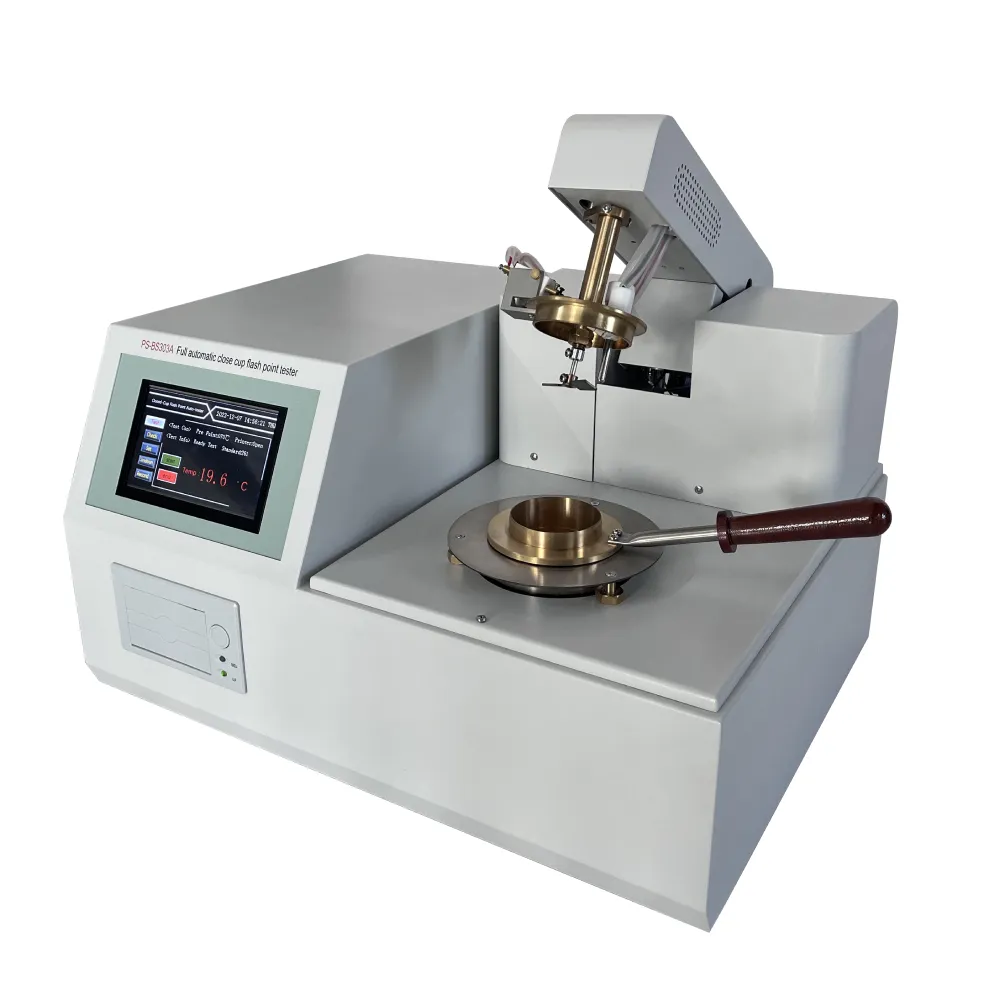 English
English


ac hipot tester
Understanding the AC Hipot Tester An Essential Tool for Electrical Safety Testing
In the world of electrical engineering and safety, ensuring that electrical devices and systems are safe to operate is paramount. One of the key instruments utilized in this endeavor is the AC hipot tester, also known as an insulation resistance tester or dielectric strength tester. This article delves into the workings, applications, and importance of AC hipot testing in ensuring electrical safety.
What is an AC Hipot Tester?
An AC hipot tester is a device designed to apply a high-voltage alternating current (AC) to an electrical product or component to assess its insulation integrity. The term hipot is derived from high potential, which reflects the tool's purpose of measuring a product's ability to withstand high voltage without breaking down electrically. Commonly, these testers are used in various industries, including electronics, manufacturing, and utilities, to ensure that equipment can handle its operational voltage levels safely.
How Does It Work?
The AC hipot tester operates by generating a high voltage that is applied to the insulation between conductive parts of an electrical device. The testing procedure typically involves the following steps
1. Connection The tester is connected to the device under test (DUT). One lead connects to the live part, while the other connects to the earth or ground.
2. Voltage Application Once the device is connected, the tester raises the voltage gradually to a pre-determined level, typically much higher than the normal operating voltage of the device. This voltage can range from hundreds to thousands of volts, depending on the device being tested.
3. Monitoring During the test, the instrument monitors the current that flows through the insulation. Ideally, this current should be at a minimal level, indicating that the insulation is intact and capable of preventing current leakage.
4. Test Duration The voltage is usually applied for a specific duration, often ranging from a few seconds to several minutes, allowing ample time to ascertain the condition of the insulation.
5. Result Interpretation If the insulation withstands the high voltage and the current remains below the specified limit, the device passes the hipot test. Conversely, if the insulation fails, it may indicate a breakdown, suggesting the part or device is unsafe for use.
Applications of AC Hipot Testing
ac hipot tester

AC hipot testers serve a variety of applications across multiple sectors, including
- Manufacturing In the production of electrical appliances, ensuring that all products have adequate insulation to prevent electrical shock is crucial. AC hipot testing is routinely performed on finished products before they leave the factory.
- Field Testing Electricians and field technicians use hipot testers to assess existing installations, ensuring that insulation remains safe over time, especially in older systems.
- Testing Components Individual components such as transformers, capacitors, and motors are regularly tested to confirm their insulation integrity before installation in larger systems.
- Compliance Many industries are subject to strict safety regulations. Compliance testing using AC hipot devices ensures that products meet industry standards such as IEC, UL, and other relevant safety certifications.
Importance of AC Hipot Testing
The significance of AC hipot testing cannot be overstated. Here are some key reasons why this practice is essential
- Preventing Electrical Hazards By identifying potential failures in insulation before equipment is put into service, AC hipot testing helps prevent accidents and electrocution, protecting workers and users alike.
- Enhancing Product Reliability Regular testing during manufacturing and before deployment can improve the operational reliability and lifespan of electrical equipment, reducing the likelihood of costly downtime due to insulation failure.
- Compliance and Assurance Meeting safety standards and regulations through rigorous testing not only safeguards users but also enhances the credibility of manufacturers, ultimately leading to better market reputation.
Conclusion
In summary, the AC hipot tester stands as a critical instrument in the realm of electrical safety testing. Its ability to assess insulation integrity and ensure compliance with safety standards makes it indispensable in a wide range of applications. By investing in proper testing protocols and utilizing AC hipot testers, industries can protect their employees, consumers, and their bottom line, fostering a culture of safety and reliability in electrical engineering.
-
Differences between open cup flash point tester and closed cup flash point testerNewsOct.31,2024
-
The Reliable Load Tap ChangerNewsOct.23,2024
-
The Essential Guide to Hipot TestersNewsOct.23,2024
-
The Digital Insulation TesterNewsOct.23,2024
-
The Best Earth Loop Impedance Tester for SaleNewsOct.23,2024
-
Tan Delta Tester--The Essential Tool for Electrical Insulation TestingNewsOct.23,2024





